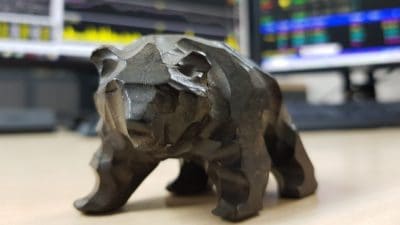Over the past couple of decades, buy-to-let investors have done well thanks to a robust property market and a favourable tax regime. But the government has been changing the tax rules to make the activity less attractive.
Headwinds for buy-to-let
On top of that, property prices have been driven to new highs and are less affordable than they once were when compared to the average wage. That’s happened because of the extraordinarily low interest rate environment and other factors. To me, there’s a risk that property prices could slide in the future to return to more affordable levels.
If that happens, it could prove hard to turn a decent overall profit from a buy-to-let business in the years ahead. And getting into buying and letting property means taking on a real business that will make demands on your time and money. If you are already working in another career, the prospect of working a second ‘job’ in your downtime strikes me as being deeply unattractive!
But I can see the potential financial attractions of investing in property. However, I’d go about it by investing in shares listed on the stock market, which are backed by underlying property-focused businesses. And there are many Real Estate Investment Trusts (REITs) listed on the London stock market to choose between.
One I’ve been keen on for some time is Safestore Holdings (LSE: SAFE), which describes itself as the UK’s largest self-storage company. The firm wholly owns 119 of its stores, 67 of which are in London and the South East, with the rest in “key” metropolitan areas such as Manchester, Birmingham, Glasgow, Edinburgh, Liverpool, Bristol and Paris.
A thriving and expanding business
But property ownership is not the whole story. The firm’s thriving self-storage business has been growing like crazy over the past few years. It’s amazing how many people want to shove stuff in a dark hole and forget about it while paying handsomely for the privilege. But they do. Overall, Safestore operates from 146 stores, but today’s third-quarter update references details about its ongoing vibrant acquisition and development activities, suggesting growth remains on track.
In the firm’s third quarter to 31 July, revenue at constant currency rates grew 4.8% compared to the equivalent period in the prior year. Like-for-like sales increased by 4.2% over the period, suggesting a buoyant market with Safestore continuing to attract customers despite any competition from other storage firms.
The outlook is positive, but Safestore’s valuation looks quite full at the current share price near 649p. The forward-looking dividend yield for 2020 runs just below 3% and the price-to-book value is around 1.7. However, I think the strength of the enterprise justifies a higher valuation and I’d aim to buy some of the shares on dips and down-days.







